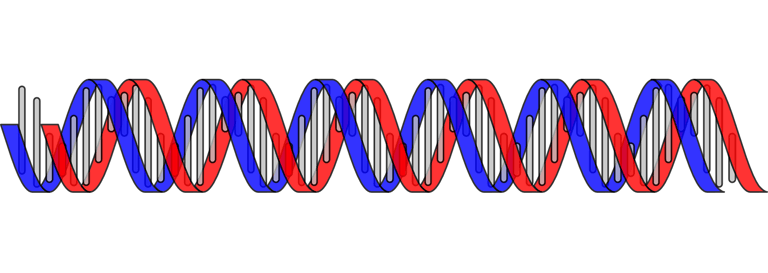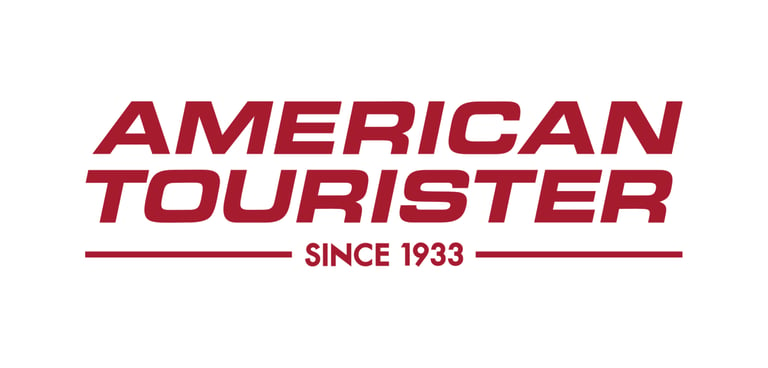An Ancestral Backtrack And It's All A Big Nothing
Helix's Geno 2.0 by National Geographic ancestry testing can trace your ancestry back as far as 500,000 years. This includes regional ancestry breakdown, hominin ancestry (DNA shared with Neanderthals), and migration patterns. Additionally, Helix offers Y-chromosome and mitochondrial DNA testing, which can trace paternal and maternal lines back potentially even further, with Y-chromosome tracing paternal ancestry back hundreds of thousands of years and mitochondrial DNA potentially tracing maternal lines back as far as 200,000 years. Let's see what's what.
DNAANCESTRYFAMILY TREE
Illya Burke
7/13/20254 min read
Trying to trace my bloodline started out feeling like a fun personal project. I was stoked and looked forward to an awesome intake of info. Armed with a Helix DNA test and a dive into family names (📢 shoutout to the Burkes 🎉), I figured I’d uncover some neat history. Spoiler alert: I did—but I also uncovered a handful of identity crises and a new understanding of what “heritage” really means… or doesn’t.
The Burke Breakdown: What’s in a Name?
Let’s begin with the family name—*Burke*. According to IrishHistory.com, the name is of Irish origin, tied to nobility and old-world lineages. But it gets richer. The House of Names traces Burke back even further, identifying it as originating in England as well, from the Norman “de Burgh” family that came over during the Norman Conquest. The name literally means “fortified hill” or “fortress,” which feels poetic considering how many mental gymnastics it took to make sense of all this information.
So yes, I come from a lineage of castles, conquest, and fortified hills—but here I am, just trying to fortify my understanding of my own damn ancestry. Here's a personalized DNA Plot Twist With blood taken from yours truly:
*European: 57.6%
* Southwestern: 23.5%
* Northwestern: 9.4%
* Southeastern: 8%
* Finnish: 4.8%
* Ashkenazi Jewish: 4.3%
* Northeastern: 4%
* Sardinian: 3.6%
*Sub-Saharan African: 17.8%
* Sierra Leonean and Liberian: 11.2%
* East Bantu: 5.5%
* Nigerian: 1.1%
*Indigenous American: 12.3%
* South American: 9.6%
* North American: 2.7%
*Middle Eastern and North African: 10.4%
* North African: 9.3%
* Persian: 1.1%
*South Asian: 1.9%
* Punjabi & Pathan (Pashtun): 1%
* Southern Indian: 0.9%
“Wait, I’m *What* Now?”
Ashkenazi Jewish? Persian? Punjabi?! I'm Puerto Rican! Where the hell did all this extra spice come from? I sat there scratching my head, trying to group things together like some back-alley genealogist: “If North Africa is still Africa, can I lump it in with Sub-Saharan? Does Finland count as Northeast Europe or does it just sit in its own chilly corner?”
Confusing? Absolutely. Rewarding? In a way. Useful? Eh, debatable...
You’d think knowing your ancestry would clear things up, but for me it just raised more questions—questions no one in my family can answer, because most of them have passed on. So it becomes this weird paradox: I know *more* about my DNA than ever before, and yet I feel *less* connected to it. There’s no point of reference. It’s like reading someone else’s family album and being told it’s yours.
The European Inheritance: Grand But Hollow
Now, let’s talk about the elephant in the room: the over 50% European DNA. On paper, that sounds like a jackpot. But in reality, it’s like inheriting a grand estate that’s been mortgaged to the hilt. Europe, once the juggernaut of global influence, now feels like a continent coasting on fumes.
From 1492 to 1914, Europe conquered or colonized more than 80% of the world’s land despite occupying only 8% of its surface. This dominance wasn’t divine—it was due to political fragmentation, military innovation, and a relentless will to out-compete rivals. Philip Hoffman at Caltech attributes it to a military-driven economy that fast-tracked gunpowder and naval tech.
Europe’s cutthroat internal rivalries led to innovation not just in warfare, but also in finance and governance. But today? Europe often seems bogged down in bureaucratic malaise, policy deadlock, and the inertia of a crumbling legacy.
So when I see “over 50% European” in my DNA, I don’t feel pride—I feel irony. It’s a reminder that heritage doesn’t always equate to empowerment. Sometimes, it’s a historical echo that has no real bearing on modern life—except maybe to fuel philosophical rants like this one.
The Cons of Knowing
1. Identity Overload: Too much info, not enough verification. You end up trying to force disparate pieces into a tattered puzzle.
2. No Living Guides: All the people who might have explained these pieces are long gone. So, what now?
3. False Sense of Belonging: Just because you’re 9% Sardinian doesn’t mean you’re rolling up to the next village festival like a long-lost cousin. This too has no impact in my life although it could explain my obsession with bread...
4. Inescapable Irony: Being mostly European in a world where European power is waning is... awkward.
5. No Real-Life Impact: Seriously—outside of curiosity, what do you actually do with this knowledge? It’s not like ancestry qualifies you for a passport or reparations.
What’s the Point?
Maybe there isn’t one. Or maybe the point is: knowing where you come from doesn’t always help you decide where to go. It’s cool, sure—but it’s not clarity. It’s a list of ingredients with no recipe. In the end, I’m still me: a Puerto Rican with extra spice, a dash of European irony, and a lot of unanswered questions. And maybe that’s enough. Que sera, sera.






